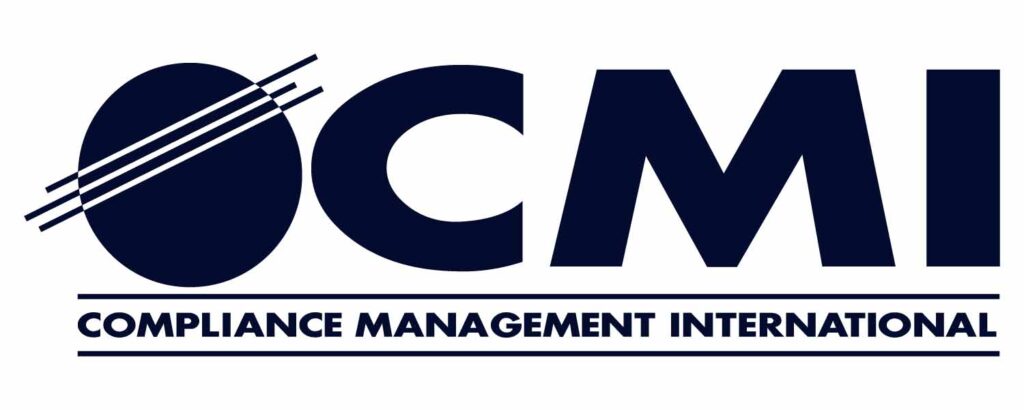You have had an accident at your facility. An employee was doing their job and severely lacerated their arm. There is a lot of blood. How are you protecting the employees who are assisting your injured worker? What about the employees who are tasked with the blood clean up? Obviously, the first priority is getting the injured employee the care they need. But at the same time, the responders need to be protected as well.
OSHA’s standard for Bloodborne Pathogens (29 CFR 1910.1030), states that each employer who has employees that may have occupational exposure to blood or other potentially infectious materials must establish a written Exposure Control Plan designed to eliminate or minimize employee exposure.
There are many bloodborne pathogens (BBPs) that employers need to protect them from. The most common include the Hepatitis B virus, the Hepatitis C virus, and the Human Immunodeficiency Virus (HIV). An Exposure Control Plan, also known as a Bloodborne Pathogen Program, provides the steps that show you how to provide protection from these pathogens for a site’s first responders.
The program will list the first responders, so that in an emergency situation, coworkers know who to contact. Keeping this list up to date is vital to getting the needed care for the injured employee. It also is vital to determine the proper level of training needed, and to implement Hepatitis B Vaccination Protocol in order to protect these employees from possible exposure to a bloodborne pathogen.
What personal protective equipment (PPE) is needed for the first responders? Where is this PPE located? What do I use to clean up the blood? What do I use to disinfect the area and equipment? How do I handle the waste? What do I do with the contaminated sharp object that caused the laceration? What do I do if I come in contact with the blood? These are important questions that need answers in order to protect the health and safety of your responders. These questions need to be addressed in your program.
No one wants an injury to lead to an exposure for another employee. Having and understanding a BBP Program helps prevent one tragic incident from becoming multiple tragic incidents.
CMI can assist you in developing or updating your Bloodborne Pathogen Program. We can also provide the required training for your employees. Please contact us with any questions or for assistance.
Written by: Peter Schlenker



